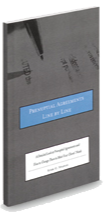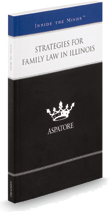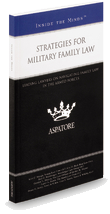On behalf of Stange Law Firm, PC posted in Property Division on Thursday, March 24, 2016.
When talking about property division and divorce in this blog, we have often used terms like “marital property” and “non-marital” or “separate” property. Some things, like a house purchased during the marriage, are probably pretty clearly going to be marital property, while bank accounts kept in one spouse’s name during the marriage have a strong claim for being separate property.
But in most marriages, assets and debts that each brought to the relationship often get mixed together. Things like bank accounts, retirement accounts and real estate that get “comingled” this way can complicate matters when it comes time to divide up the assets equitably. One spouse might claim that an asset belongs to him or her alone, against the other spouse’s argument that the asset has become comingled and therefore is marital property.
For many couples, this matters most when it comes to the family home. If the house is marital property, one spouse may keep it, perhaps by buying out the other spouse’s ownership interest. Or the parties might sell the house and divide the proceeds.
Untangling commingled assets can be highly technical. As with any complex legal matter, it is usually necessary to call in the experts. In this case, that means forensic accountants to track the money to its source and determine how much of an asset’s value is marital, and how much of it is not.
Armed with that data, experienced divorce lawyers will know what their client deserves, and help their client obtain their fair share.



